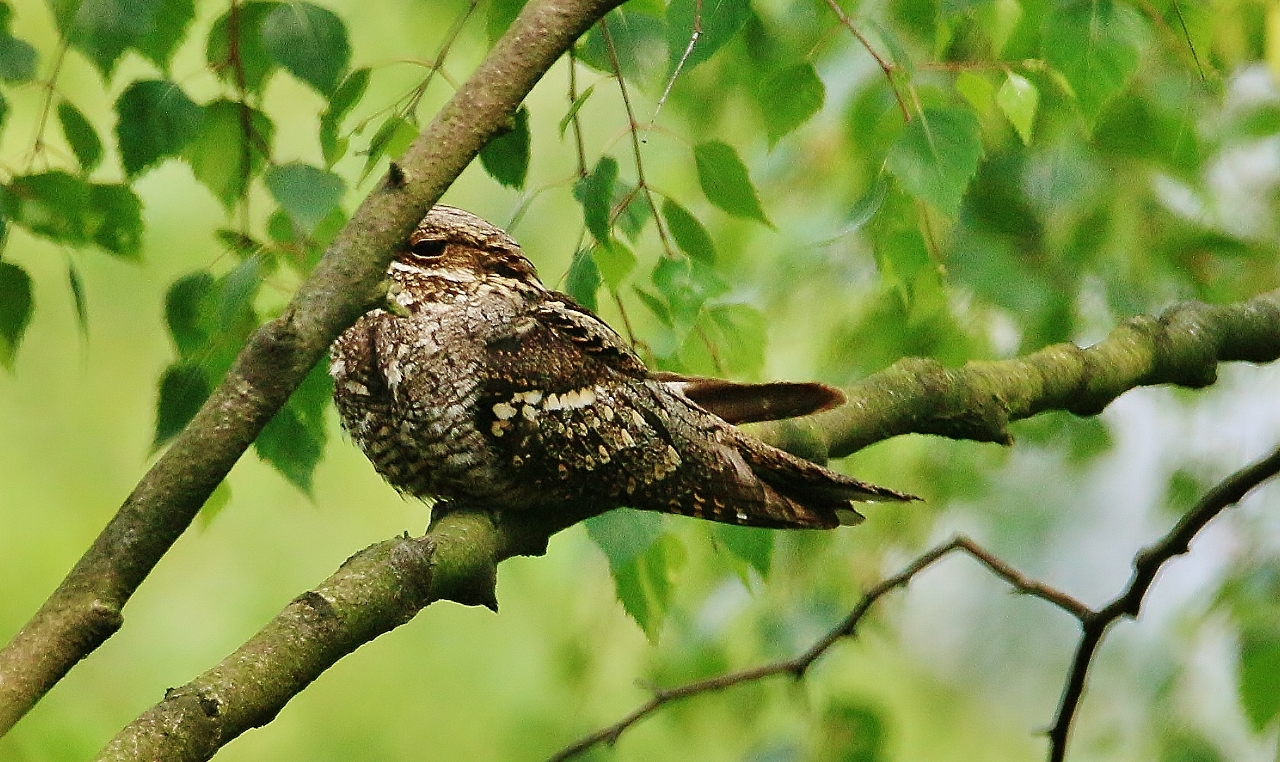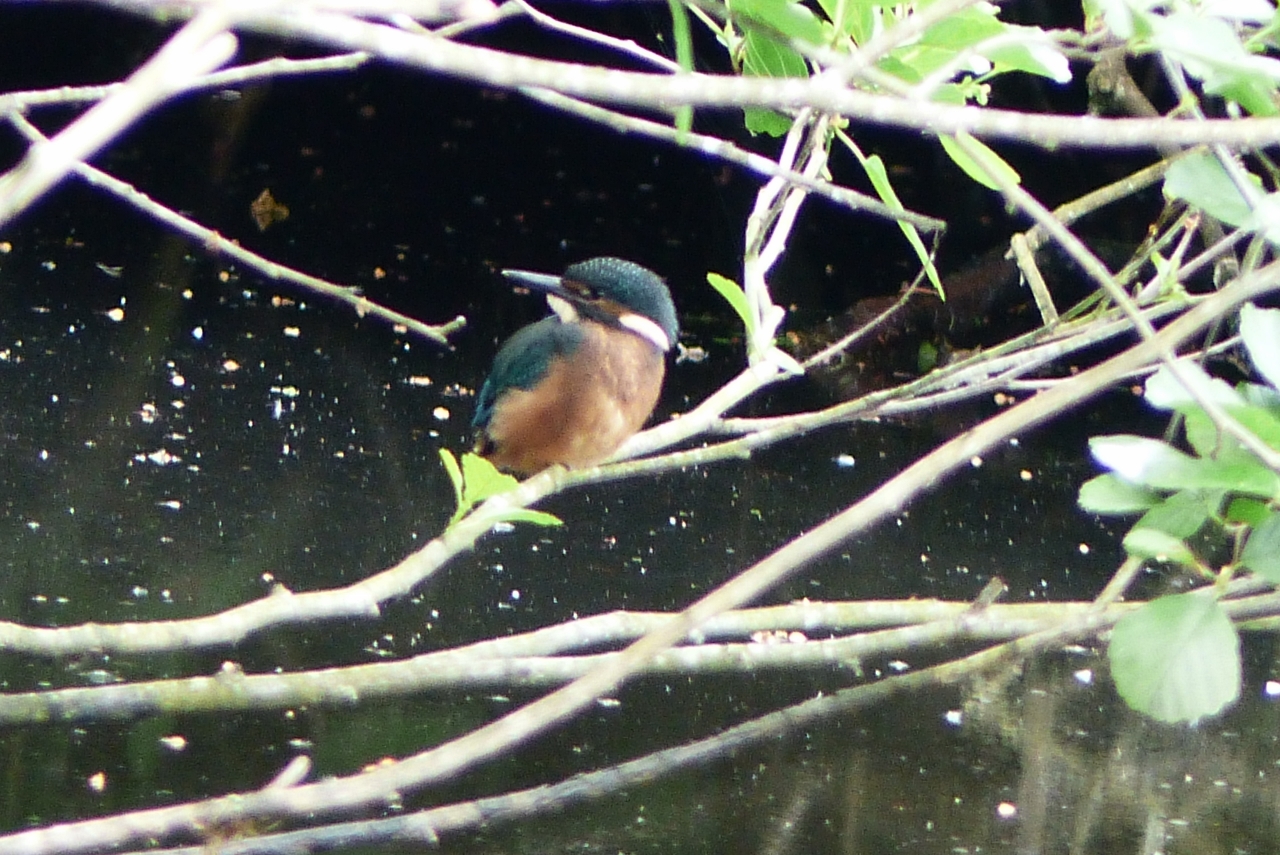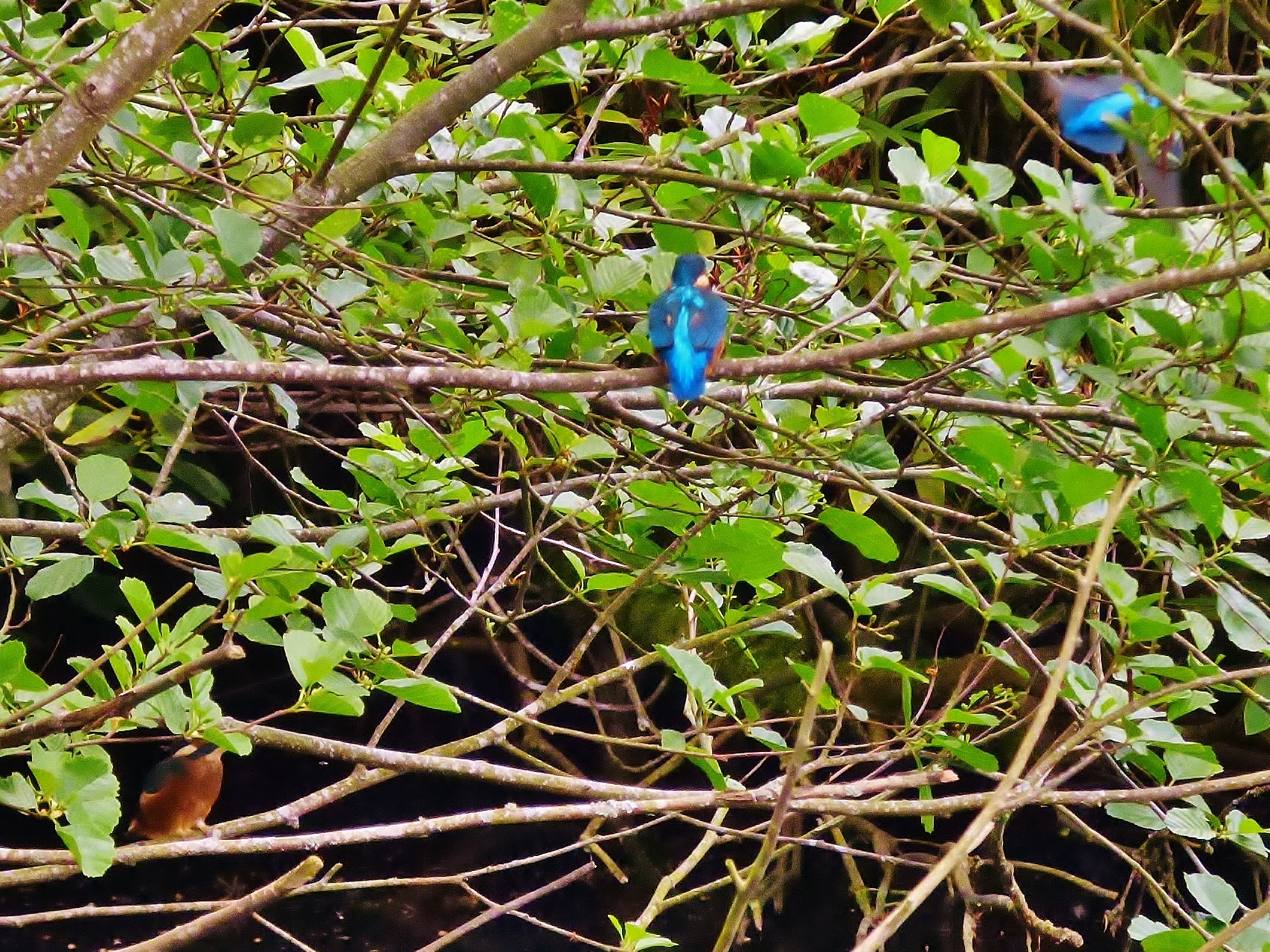 Abraham Lincoln
If given the truth, the people can be depended upon to meet any national crisis...
Abraham Lincoln
If given the truth, the people can be depended upon to meet any national crisis...
 Guildford news...
for Guildford people, brought to you by Guildford reporters - Guildford's own news service
Guildford news...
for Guildford people, brought to you by Guildford reporters - Guildford's own news service
Birdwatcher’s Diary No.112
Published on: 19 Jun, 2016
Updated on: 17 Jun, 2016
By Malcolm Fincham
With little time to spare before departing for my summer break (of which I hope to put together in another report shortly) I managed to take some rather admirable photos of birds seen at a number of local locations in west Surrey.
It was all about being in the right place at the right time.
For all of our lovers of nature, this is not the best time of the year for the feint-hearted.
Those of us with empathy sometimes find it hard to understand the ways of nature – due to our inbuilt tendency of anthropomorphising over the wildlife we see.
We routinely, by our own nature, attributed human emotions and behavioural traits to wild as well as domestic animals.
We also naturally select the ‘good guys’ and the ‘bad guys’ among the birds and animals we see.
Several particularly considered ‘bad guys’ at this time of year are jays, listening out for fledglings calling from their nests.
Magpies are also among the corvid families looking out for the chance to savage nests for eggs and baby birds.
Greater spotted woodpeckers will peck out a large hole in a nest-box or tree bark to feed on its contents, while stoats and weasels as well as other mammals, have been known to raid nests too.
The much admired peregrine I was watching in a chalk quarry recently doesn’t have any conscience about taking adult birds that are feeding their young.
All this sounds a bit morbid, but it’s all part of the circle of life.
I took a trip to Frensham Great Pond on a sunny afternoon with my family and adorable grandson, soon to be a year old and hopefully as keen as me in years to come in wildlife watching. This took me away from my birdwatching exploits for a short while at least.
However, with the heat of the sun and the packed beach getting too much for me, I was allowed a walk within the more sheltered, surrounding woodland.
Not far from ‘the madding crowd’ I felt more at home, listening to the birds singing. I also found nature in its prime as I watched a male and female redstart collecting insects.

Female common redstart also attending its young. Females are like pale washed-out males, the tail is also orange-red as are the underparts.
Not wishing to disturb, I kept some distance from them.
Watching from a nearby footpath, I could see they were naturally very hesitant, no doubt looking out for any predatory eyes.
My ultimate concern was, although I was a reasonable distance from them, they may be disturbed by my presence. However, unaware (or unconcerned by it) they flew back and forth with mouths full of insects to feed their young.
Another heathland visit just a few days later gave me an even better encounter.
At an undisclosed location, while enjoying an afternoon walk, I was taken by surprise when, by chance, I caught sight of an unusual looking bird perched in a silver birch tree.
Having been wildlife spotting for a good few years now, my peripheral vision has adapted quite well. Nightjars usually conceal themselves too well for our human eyes, remaining incognito, even a predator would find it hard to spot one.
This one had concealed itself less well than most, giving me the rare opportunity to snatch a few photos of it.
Their elusive and nocturnal habits have been the basis for many myths and legends. In many European countries the nightjar is known as a ‘goatsucker’ after its Latin name, as they were believed to feed from goats milk. This was due to the fact that they were often found in close proximity to livestock; we now know that the attraction is the invertebrates associated with livestock.
Another sighting locally was the delightful view of a bird that I have had more than my fair share of in recent times, a kingfisher flying low across a lake.
Enlightened by its iridescent, blue sheen as it flew upstream, as I watched from my car, I was momentarily confused by a ‘peeping’ sound that came from some bushes overhanging the water’s edge close by.
On closer inspection I noticed not just one, but three young kingfishers sheltered, partially out of sight. Another generation of newly fledged birds making their way into the ‘big bad world’, hesitant, of what they might find.
Eventually, one popped out of its hiding place, flew the short distance across the lake, landing on a post where one of the adults was perched.
Although having been fortunate enough to have witnessed such ‘delights’ before, in years gone by, it was a first for me to have a camera with me to record such a fantastic event.
Another first for me was while I was supposedly working in my garden. Taking what I decided was a well-earned rest, I sat a while to watch the swifts as they broke the silence, screaming over the gardens of Stoughton in small groups. I then caught sight of a bird high in the sky beyond them.
It was a red kite. Although having regular and recent close encounters with them locally, it was somehow quite special to see one over my garden.
A sight beyond my hope and expectations only a few years ago.
Responses to Birdwatcher’s Diary No.112
Leave a Comment Cancel replyPlease see our comments policy. All comments are moderated and may take time to appear.
Recent Articles
- Guildford Institute’s Crowdfunding Project for Accessible Toilet in its New Community and Wellbeing Centre
- Letter: Guildford – Another Opportunity Missed?
- Letter: GBC’s Corporate Strategy – Where Is the Ambition?
- My Memories of John Mayall at a Ground-breaking Gig in Guildford Nearly Six Decades Ago
- Westborough HMO Plans ‘Losing the Heart of the Street’ Says Resident
- College Invests to Boost Surrey’s Economy and Close Digital Skills Gap
- Community Lottery Brings Big Wins for Local Charities
- GBC Housing Plan Promises ‘A Vibrant Urban Neighbourhood’ Near Town Centre
- Hospital Pillows ‘Shortage’ at the Royal Surrey
- Updated: Caravans Set Up Camp at Ash Manor School


Recent Comments
- Ian Macpherson on Updated: Main Guildford to Godalming Road Closed Until August 1
- Sara Tokunaga on GBC Housing Plan Promises ‘A Vibrant Urban Neighbourhood’ Near Town Centre
- Michael Courtnage on Daily Mail Online Reports Guildford Has Highest-paid Council Officer
- Alan Judge on GBC Housing Plan Promises ‘A Vibrant Urban Neighbourhood’ Near Town Centre
- John Perkins on GBC Housing Plan Promises ‘A Vibrant Urban Neighbourhood’ Near Town Centre
- S Collins on GBC Housing Plan Promises ‘A Vibrant Urban Neighbourhood’ Near Town Centre
Search in Site
Media Gallery
Dragon Interview: Local Artist Leaves Her Mark At One of England’s Most Historic Buildings
January 21, 2023 / No Comment / Read MoreDragon Interview: Lib Dem Planning Chair: ‘Current Policy Doesn’t Work for Local People’
January 19, 2023 / No Comment / Read MoreA3 Tunnel in Guildford ‘Necessary’ for New Homes, Says Guildford’s MP
January 10, 2023 / No Comment / Read More‘Madness’ for London Road Scheme to Go Ahead Against ‘Huge Opposition’, Says SCC Leader
January 6, 2023 / No Comment / Read MoreCouncillor’s Son Starts Campaign for More Consultation on North Street Plan
December 30, 2022 / No Comment / Read MoreCounty Council Climbs Down Over London Road Works – Further ‘Engagement’ Period Announced
December 14, 2022 / No Comment / Read MoreDragon Interview: GBC Reaction to the Government’s Expected Decision to Relax Housing Targets
December 7, 2022 / No Comment / Read MoreHow Can Our Town Centre Businesses Recover? Watch the Shop Front Debate
May 18, 2020 / No Comment / Read More






















Simon Bromfield
June 28, 2016 at 1:19 pm
Great selection of photo’s from Malcolm Finch thanks for the interesting write up too.
Well done.